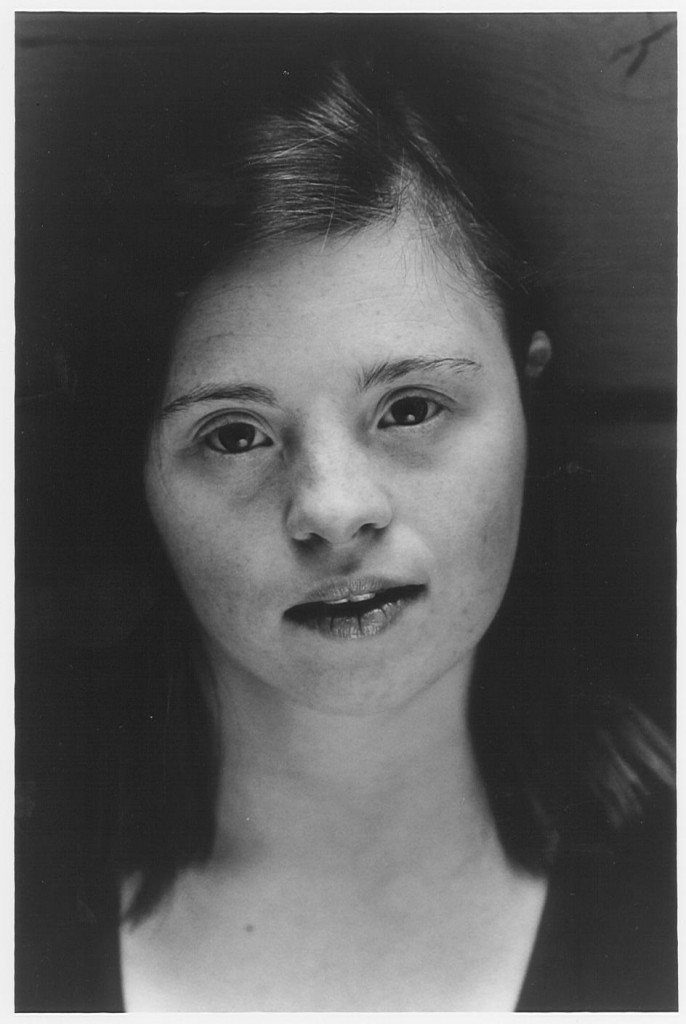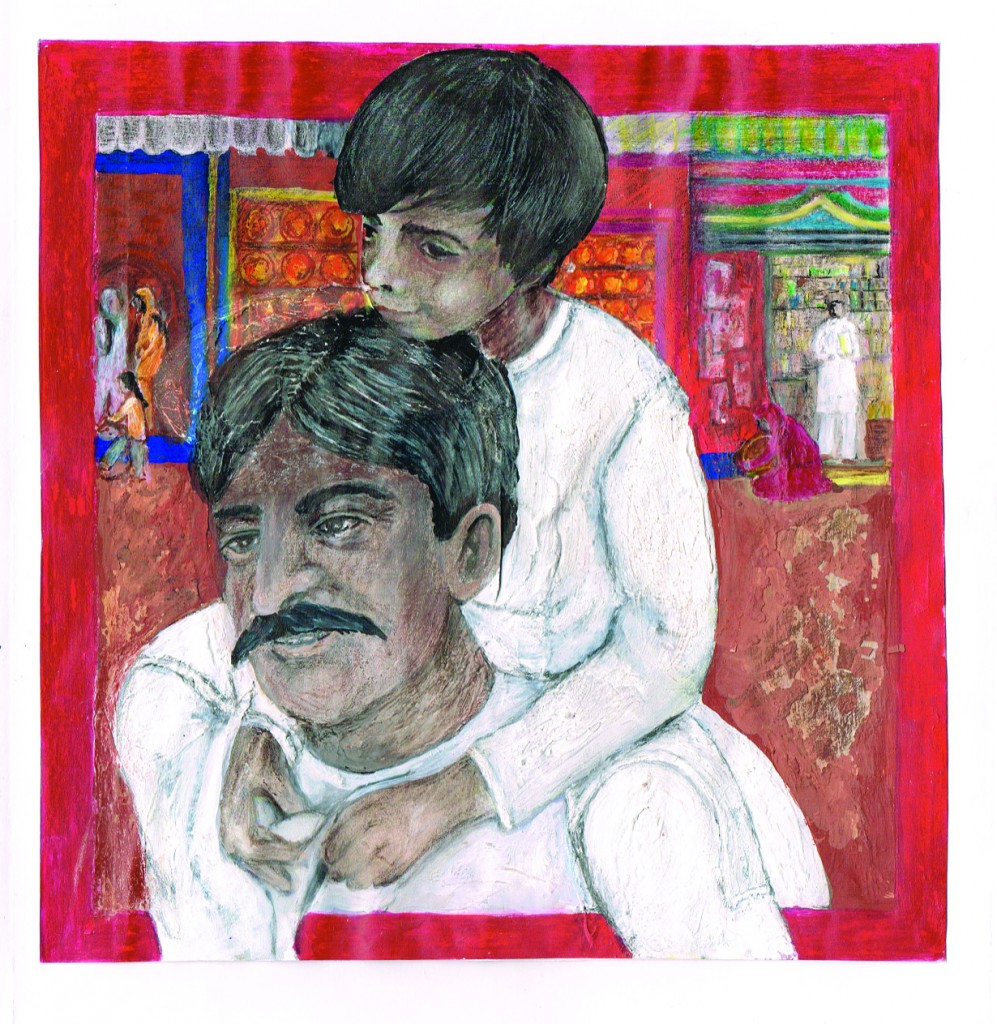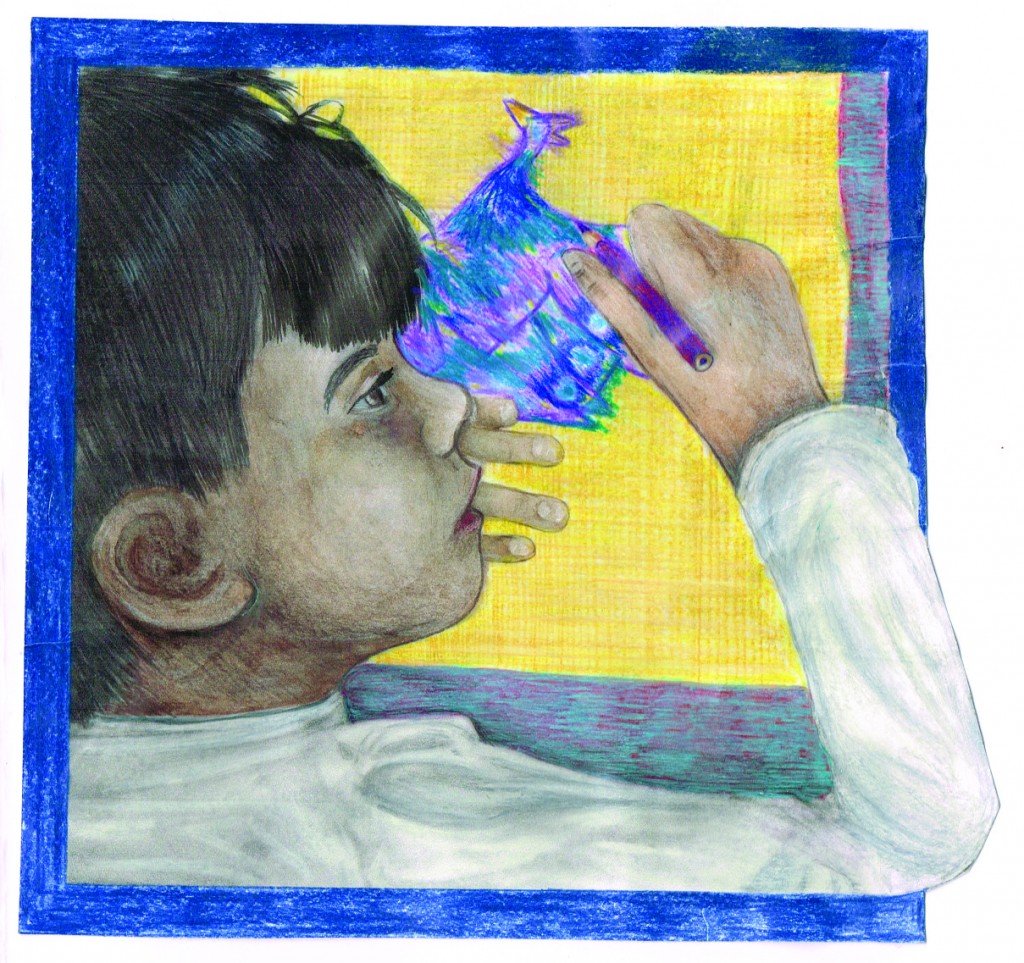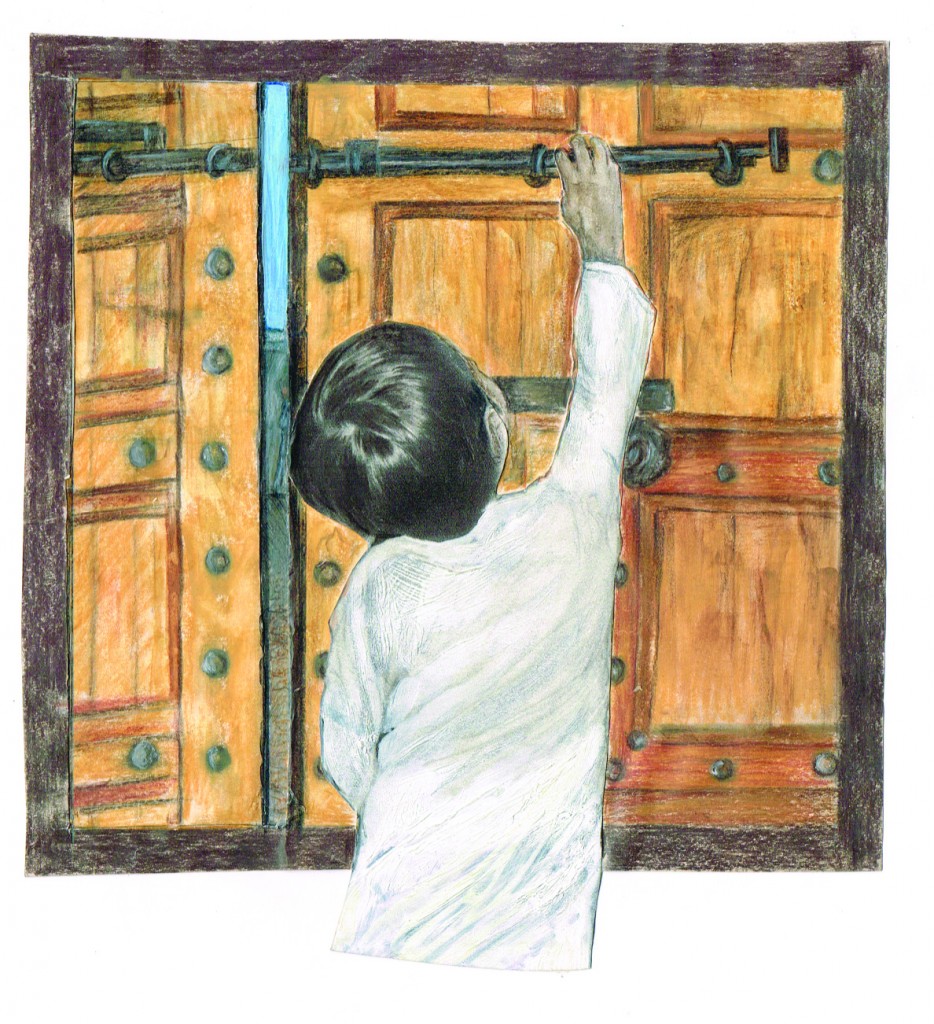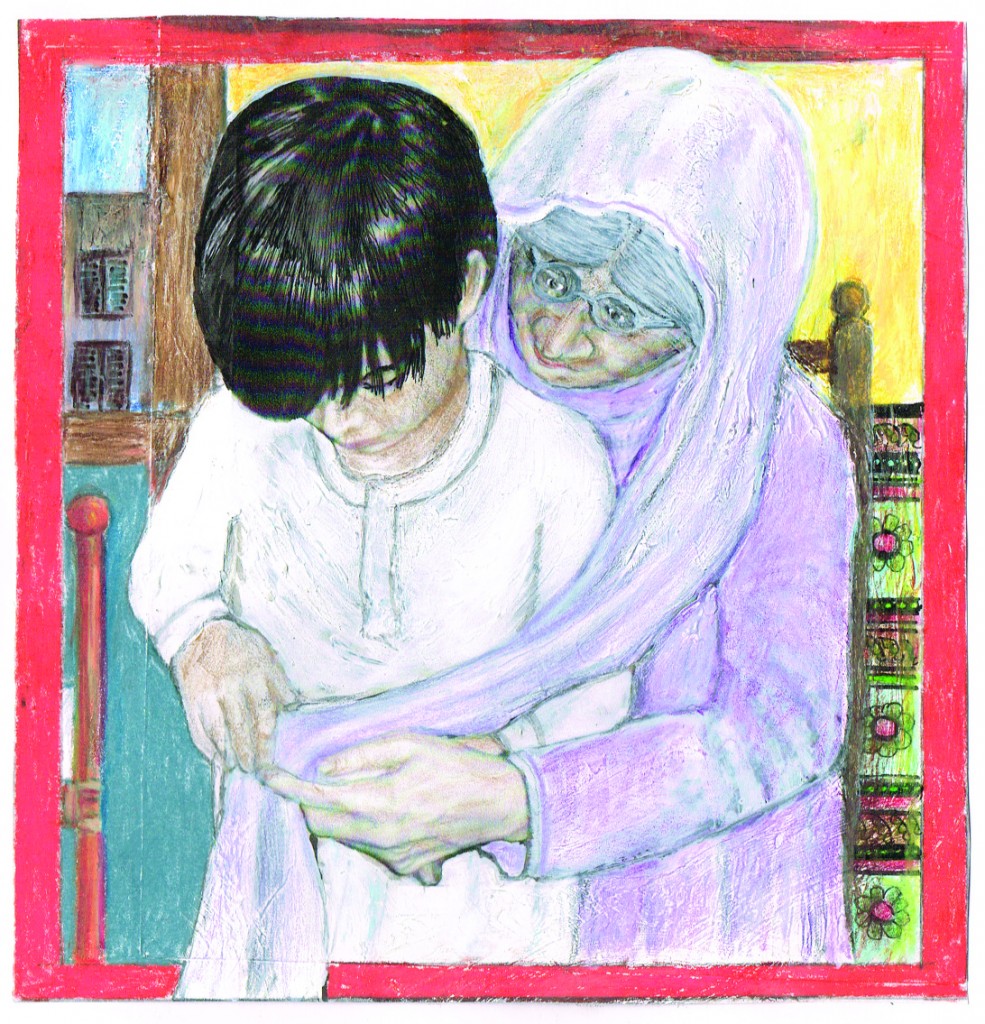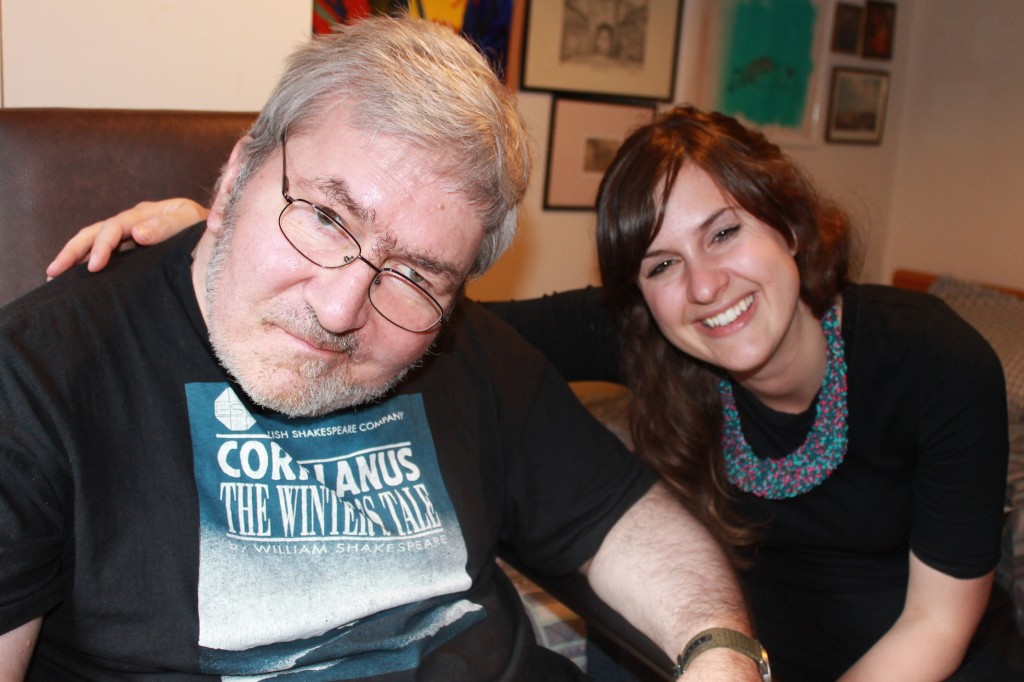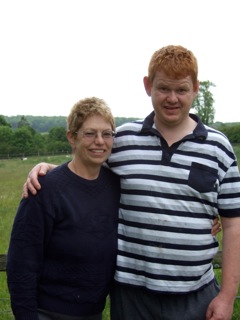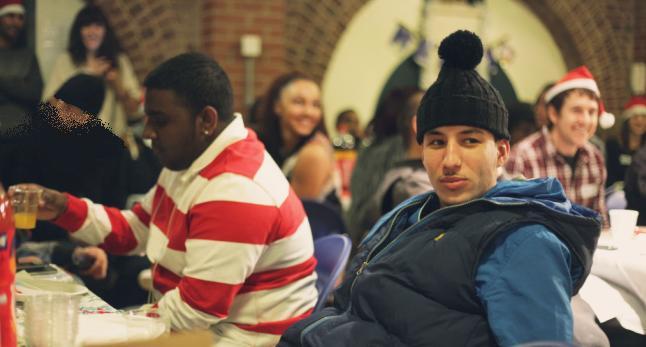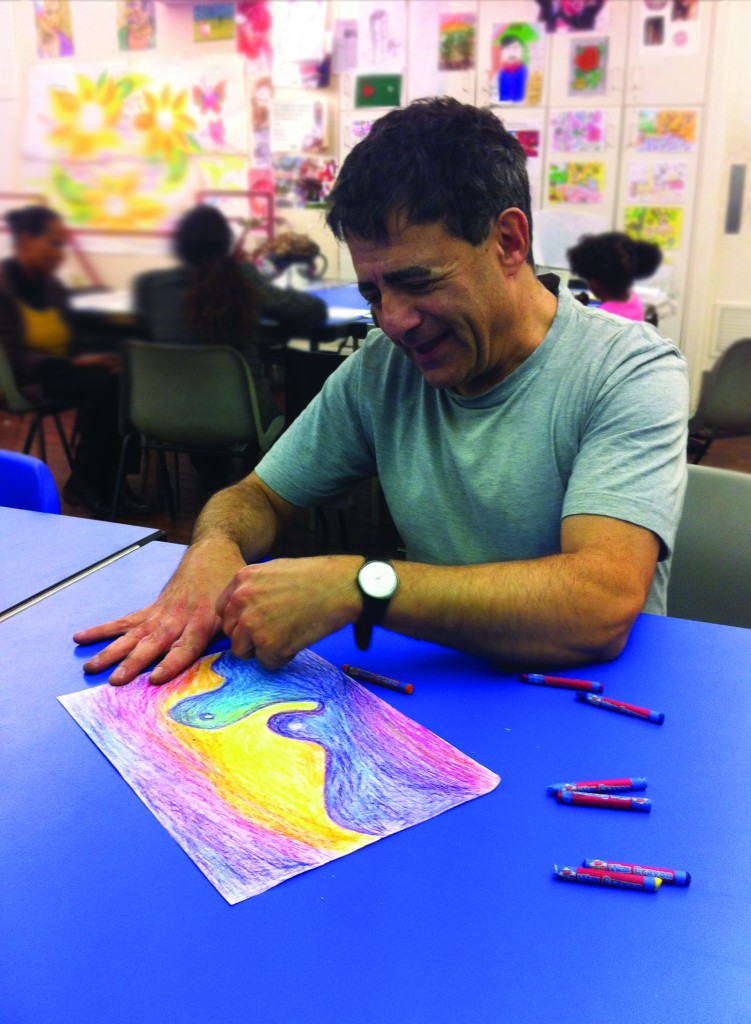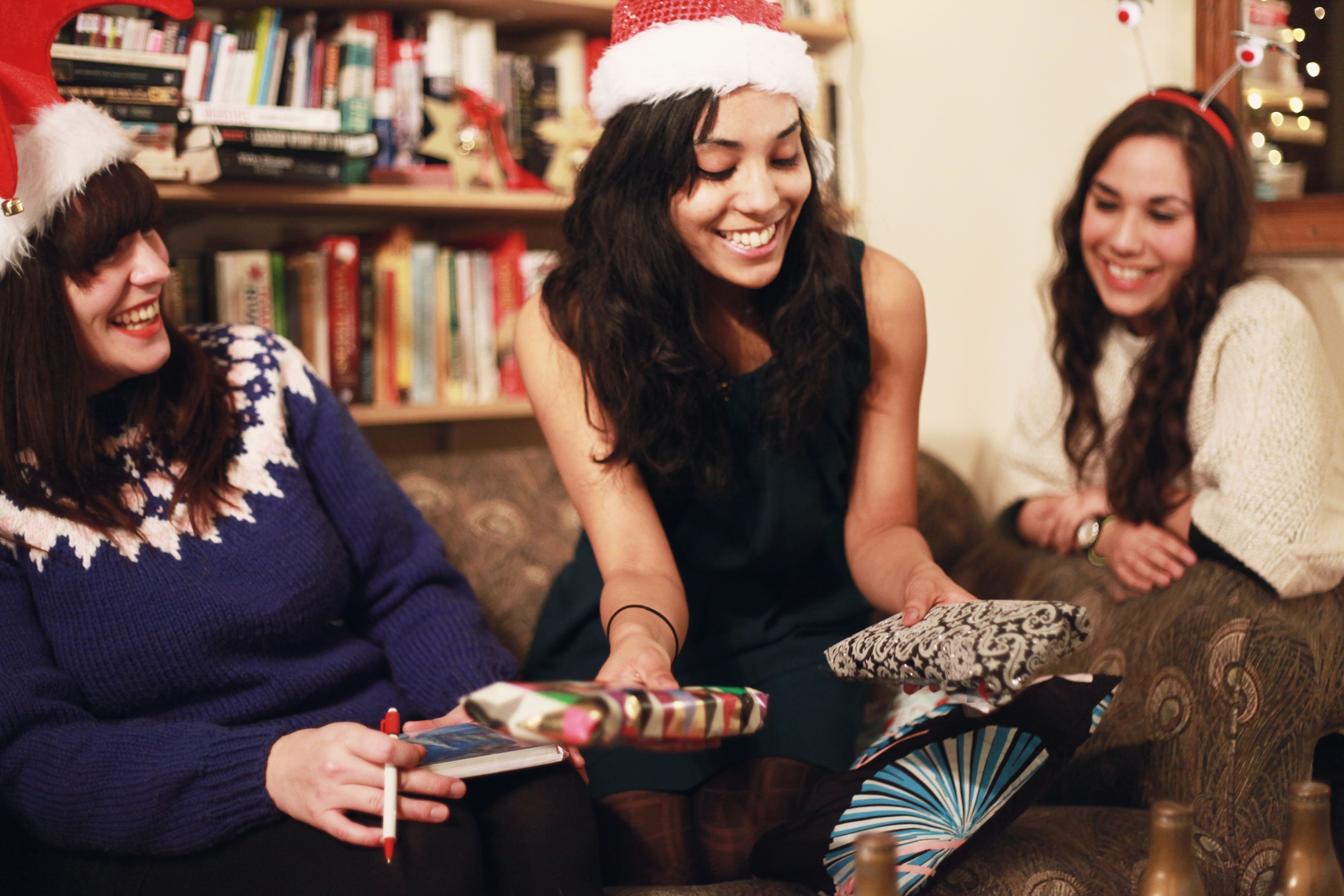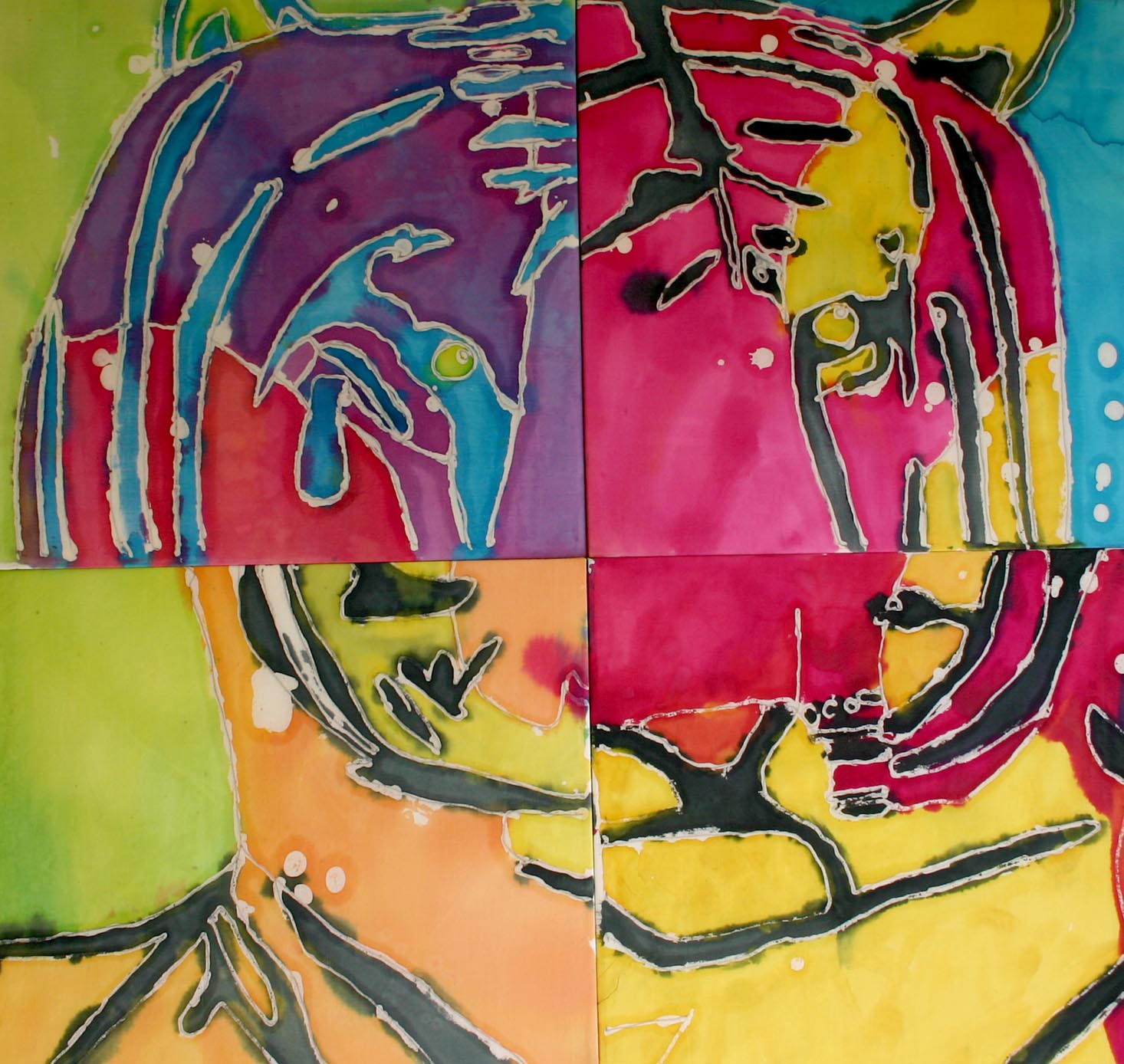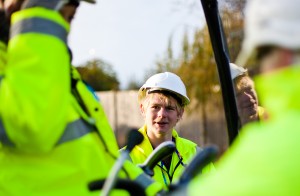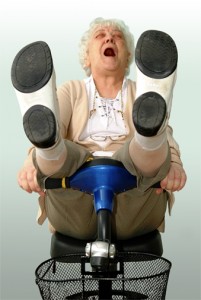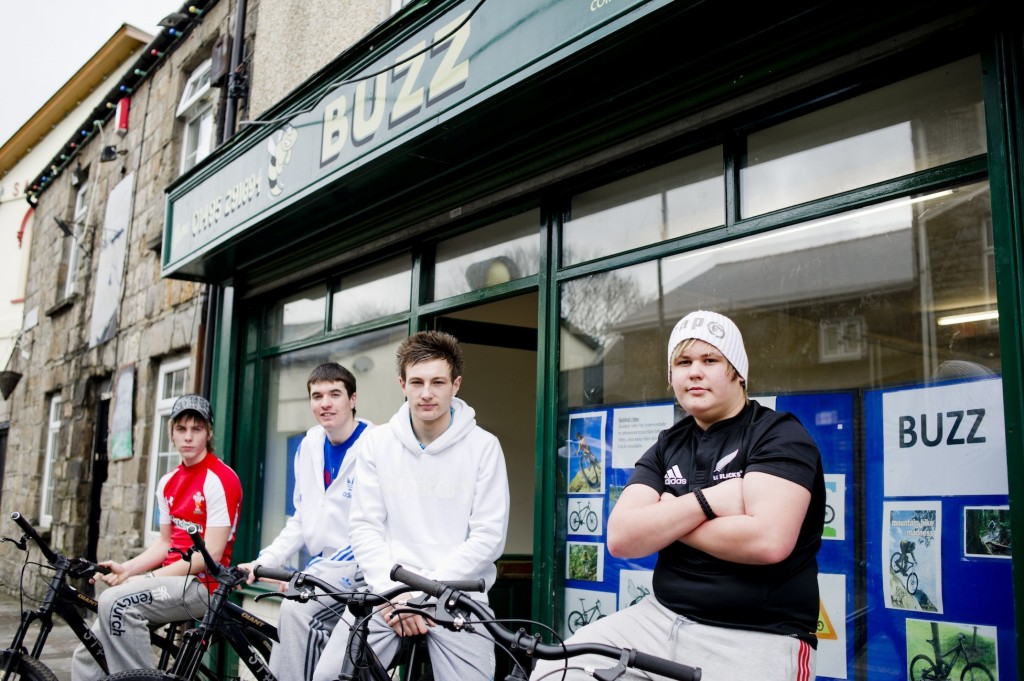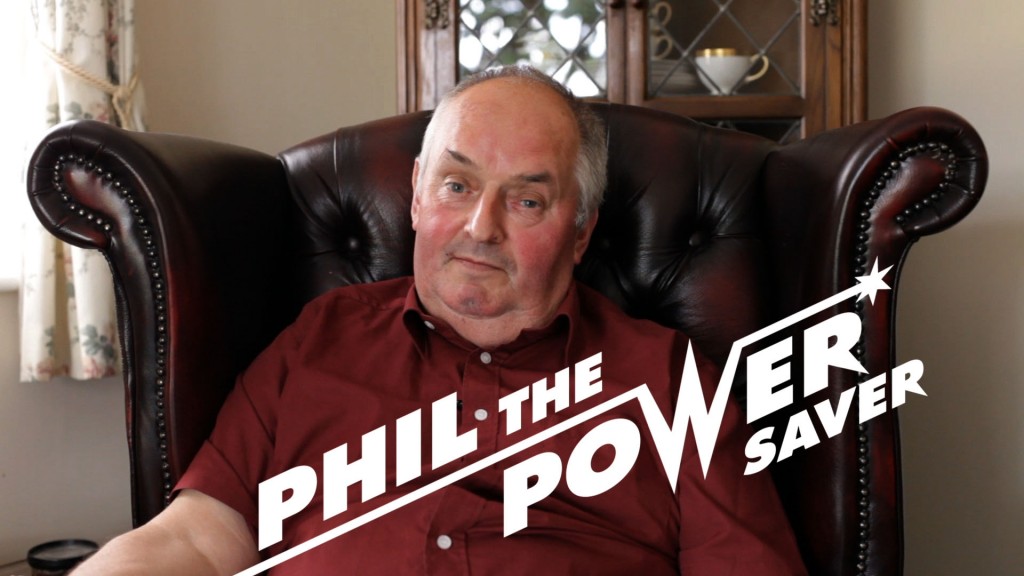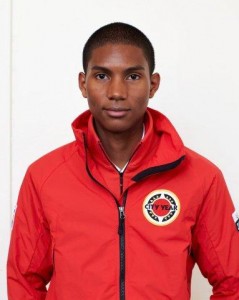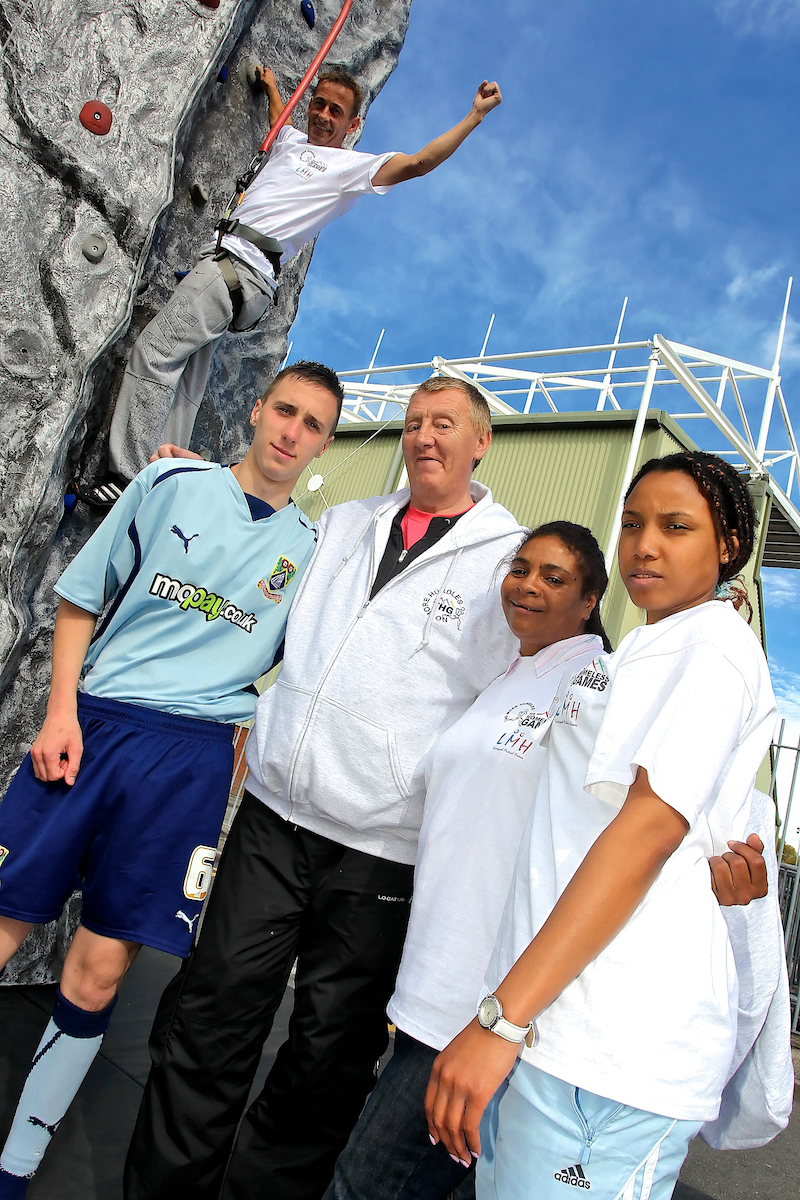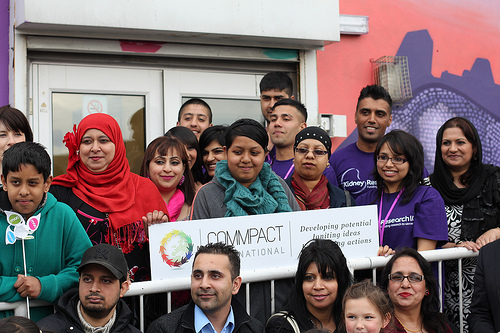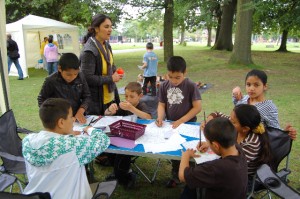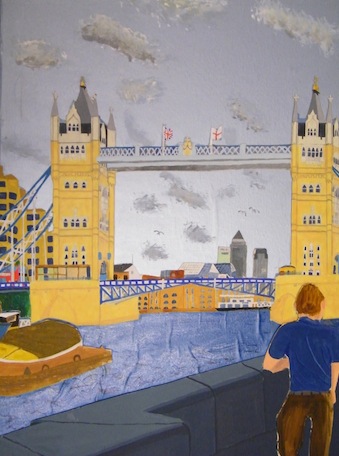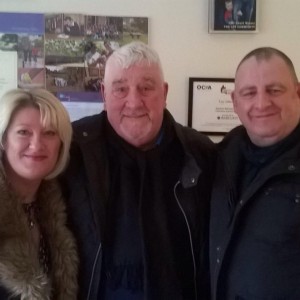
What do a mental health nurse and an ex-gangster have in common?
That was the question I was asking myself as I visited the Ley Community, a residential drug and alcohol rehab centre, with Chris Lambrianou, former henchman to the Kray twins.
I visited the Ley at the invitation of Chris, who volunteers at the centre; his life now is about as far removed from his past as is possible. The Krays ruled London’s gangland in the 1960s and were imprisoned for murder. Chris was present on the night Jack ‘the hat’ Mcvittie was stabbed to death. His presence and silence that night in naming Reggie Kray as the murderer resulted in Chris being jailed for 15 years.
Whilst in prison Chris, now 78-years-old, reflected on his life and the mistakes he had made. He wondered how he had found himself to be in such a position. Like many other prisoners Chris ‘found’ God. But unlike many others who use this as a cynical ploy to seek freedom early, Chris knew his life had to change and was determined to make that happen. He wanted to make a difference to others. On his release in the early 1980s he began working at the Ley. His voluntary work there includes accompanying people to court and generally giving them the encouragement to try and turn their lives around.
I had read about Chris’s work in his autobiography, The Kray Madness, and contacted him to discuss our mutual interest in helping people to turn their lives around. After a few phone calls, he invited me to Oxfordshire to a look around the Ley. The centre initially struck me as quite regimented, but it has to be that way to encourage the residents to make the efforts to come off drugs and show self discipline and determination. There is a strong emphasis on group discussions, peer pressure and support, openness and self responsibility.
We have different backgrounds and seemingly different areas of interest – me with mental health campaigning and Chris supporting the rehabilitation of people with addiction issues. Yet we both have a desire to use our life experiences to make a positive difference for others.
Chris has an influential role among young men because of his Kray connections, with much recent interest in his life thanks to the Tom Hardy film Legend – Chris advised on the movie. Chris is not volunteering as much at the Ley due to his age, but when he does he accompanies people to court, and generally encourages them to try to transform their lifestyles and behaviours. They see him as a positive role model and he can relate to them.
Supportive networks are vital to recovery and a focus on relationships is the theme of Mental Health Awareness Week next week. Social contact is the best way of breaking down barriers, misunderstanding, and ignorance of mental illness. It is important for us to have good relationships for our own mental health in the sense of talking and listening to each other.
My own work, for example, has been aimed at encouraging men to seek help early for mental health issues and self-harm. My most recent media advisory role was advising the storyline involving the ‘macho’ character Zak Dingle in TVs Emmerdale during his depression storyline.
Tragically we have very high rates of self-harm among young men in my native north east. Much of this is a consequence of the damaging ‘Big boys don’t cry’ attitude among men, and the damaging misperception that men expressing their feelings is a sign of weakness. This is something Chris would relate to in his own work.
Challenging stigma and addressing feelings of shame is something Chris and I share as a common goal.
Through social media, Facebook, and social contact, we are both starting to chip away at the damaging defensive layering common to all tough guys. We are trying to convince men who think they are somehow immune from mental illness that nothing could be further from the truth.
We have discussed the idea of a joint project, perhaps a book, to try to reach out to men in particular who self harm and feel stigmatised because of having mental illness. Together we are determined to make a difference; we have more in common then we think.
* You can find Lol on Facebook

